Traditional artists would draw or paint objects and subjects to be as realistic as they could make them. The postwar contemporary art world as I see it developed out of the long history of Modernism from the 19th century arguably beginning with Gustave Courbet.
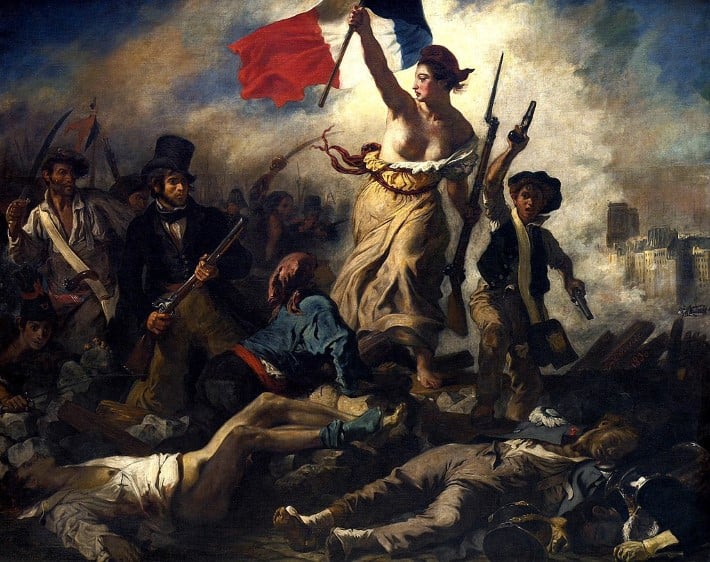
Blog 19th Century European Painting Key Styles Movements Mayfair Gallery
The new nation experienced a shift from a farming economy to an industrial one major westward expansion displacement of native peoples rapid advances in technology and transportation and a.
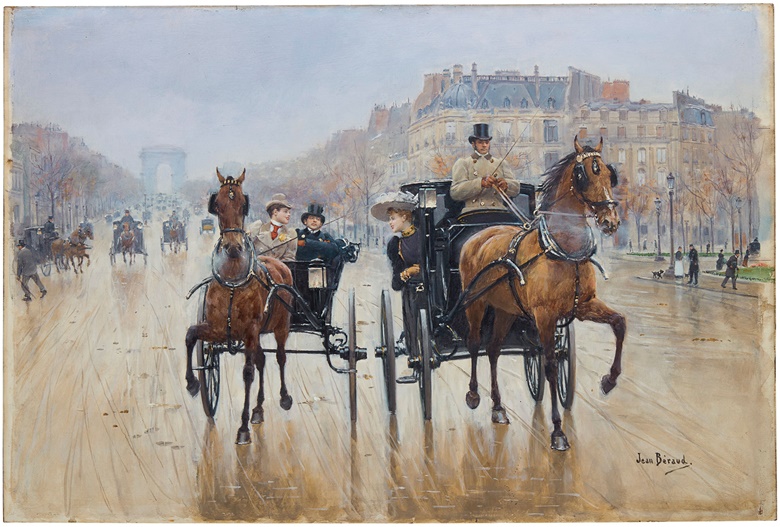
. All of these changes had their roots in the 19th century with the cultural revolutions of Romanticism then movements like Impressionism and the idea that arts neednt follow tradition and that the visual arts didnt nee. The huge changes toward artistic freedom that occurred in the final decades of the century without doubt paved the foundations for the contemporary art world - and indeed the art market - that we enjoy today. Why was the painting above not well received.
There was a new belief that art should record the life of everyday people. The art movements of the period included Realism Impressionism Post impressionism Art Noveau Symbolism and Early Photography. How did art change in the mid 19th century.
There was a new belief that art should record the life of everyday people. There was a greater focus on art portraying royalty. The legacy of 19th Century painting is immense.
Critics felt the artist was attempting to rekindle socialist ideals. Consumerism brought about a change in the class system. Art criticism grew exponentially in the 19th century when artists began to make works with an uncertain future.
The Realism and Romanticism of the early 19th century gave way to Impressionism in the later half of the century with Paris being the dominant art capital of the world. On the other hand modern artists were often called the avant garde. Who painted the image above.
A 19 th century art movement rejecting Realism and Impressionism and their representation of the visual and concrete world. While Europe was still recovering from the war in the mid-to-late 1960s the American art world and New York in particular had the advantage of émigré new blood from Europe and usurped the prewar. In mid-nineteenth-century Britain upper-class women frequently created collages out of small commercial portrait photographs of family and friends cutting out heads and figures and pasting them onto paper that they then embellished with drawings and watercolor.
The Symbolists sought to express mystical and spiritual ideas through colour and line. The Spanish painter Francisco de Goya at the very end of the 18th and in the beginning of the 19th century was in advance of his time in the way in which he handled his themes. There was a shift toward black and white paintings.
It did not have to be as realistic. These changes in visual art occur in conjunction with similar transformations in literature music and other arts. Paintings of the 19th Century in all their diverse styles are some of the most collectible artworks ever made with.
After Rococo there arose in the late 18th century in architecture and then in painting severe neo-classicism best represented by such artists as David and his heir Ingres. Many works depict stories of rulers gods and goddesses. It had a profound effect on changing the visual culture of society and making art accessible to the general public changing its perception notion and knowledge of art and appreciation of beauty.
Photography democratised art by making it. Throughout the 19th century there were artists who produced pictures that we do not label modern art generally because the techniques or subjects were associated with the conservative academic styles techniques and approaches. The medium of a work of art from this period varies depending on the civilization that produced it but most art served similar purposes.
Forming an odd contrast to the court-painters pictures his brush-and-sanguine drawings are rather more closely tied to his cycles of etchings. The nineteenth century marks an important moment in artistic production when rapid industrialization and modernization of the world resulted in new methods of production new subject matter new ways of representation and toward. Rather than working for the church or state whose commissions demanded ideological and often stylistic conformity artists had become freelance and seemingly free-spirited producers for a market that was not always there.
The middle class had the means to have more experiences. One group of 19th century artists that moved away from traditional art were the Impressionists. As the name of the group suggests these artists painted their impressions of the subjects they were painting.
Explore 19th century art and see how music art and literature were influenced. How did art change in the mid 19th century. To tell stories decorate utilitarian objects like bowls and weapons display religious and symbolic imagery and demonstrate social status.
Another important if indirect stimulus to change was the development from the early 19th century on of photography and other photomechanical techniques which freed or deprived painting and drawing of their hitherto cardinal roles as the only available means of accurately depicting the visual world. Each of these movements usually went against the norms of the time such as Impressionism where they did not care about traditional art but rather they were critisized heavily by the critics of the time. In the United States the nineteenth century was a time of tremendous growth and change.
They used these elements to express emotions and thoughts that were beyond literal descriptions. Though the Renaissance period that followed reverted to the values of classical art the 19th century saw a renewed interest and understanding of medieval art highlighting its vast achievements in fine art and architecture. In reality the more traditionally leaning artists were.

Everything You Need To Know About Modernism In Visual Art Art News By Kooness
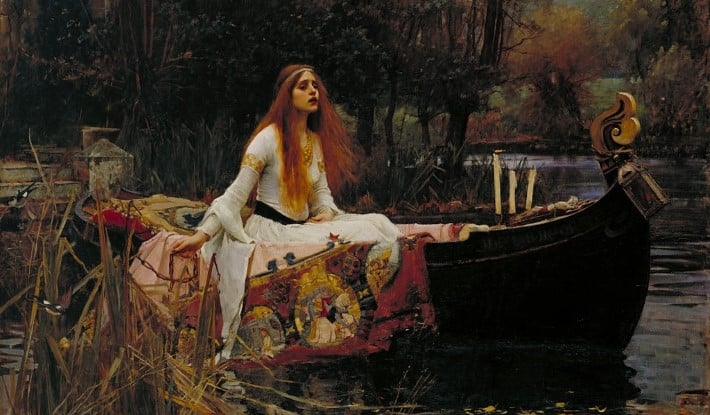
Blog 19th Century European Painting Key Styles Movements Mayfair Gallery
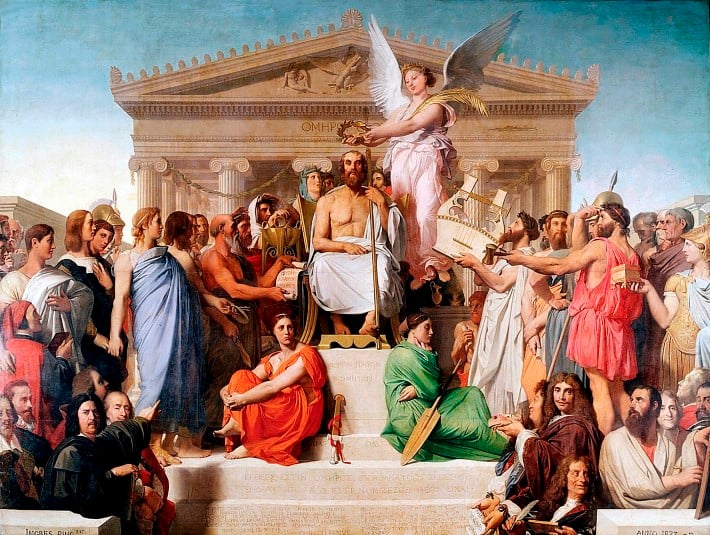
Blog 19th Century European Painting Key Styles Movements Mayfair Gallery

The Rise Of The New Woman In 19th Century Art Christie S
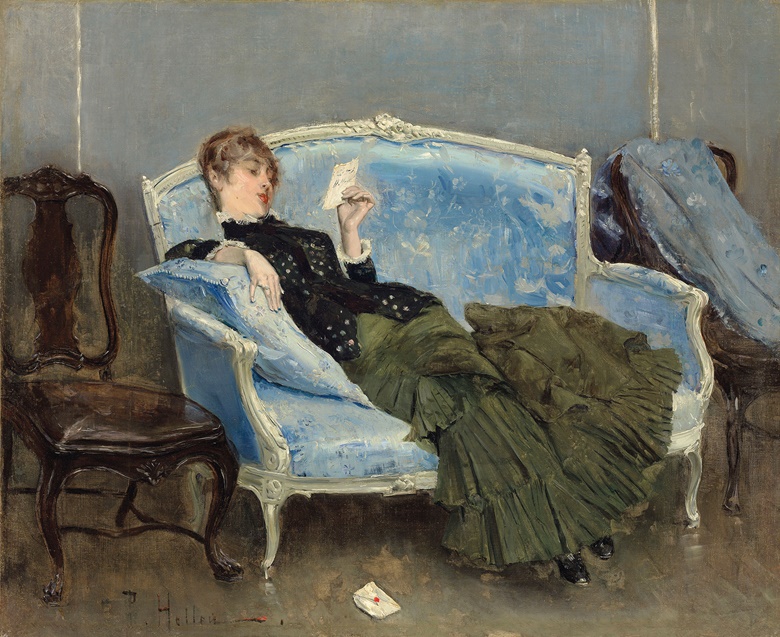
The Rise Of The New Woman In 19th Century Art Christie S
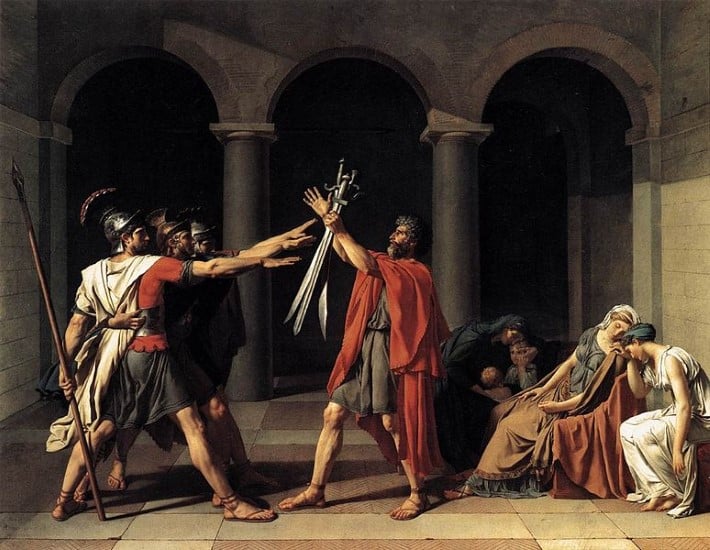
Blog 19th Century European Painting Key Styles Movements Mayfair Gallery
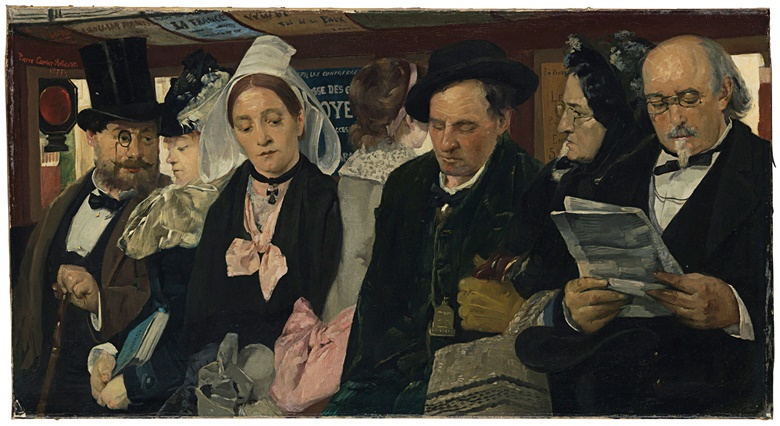
The Rise Of The New Woman In 19th Century Art Christie S
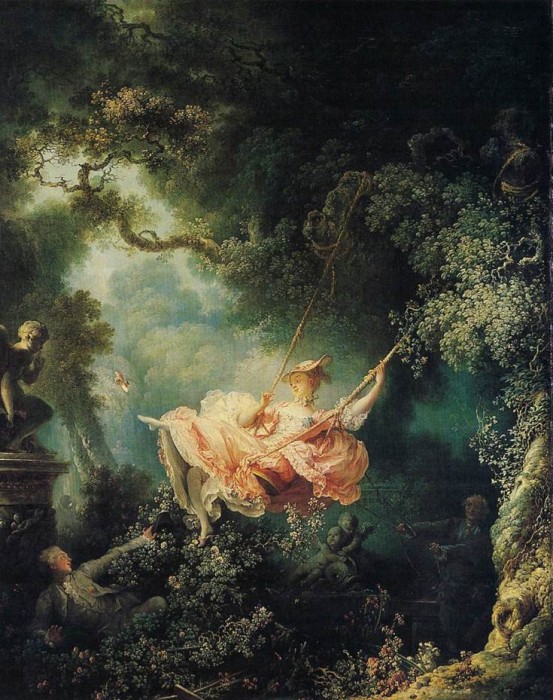
Eighteenth And Early Nineteenth Century Art In Europe And North America Art History Teaching Resources
0 comments
Post a Comment